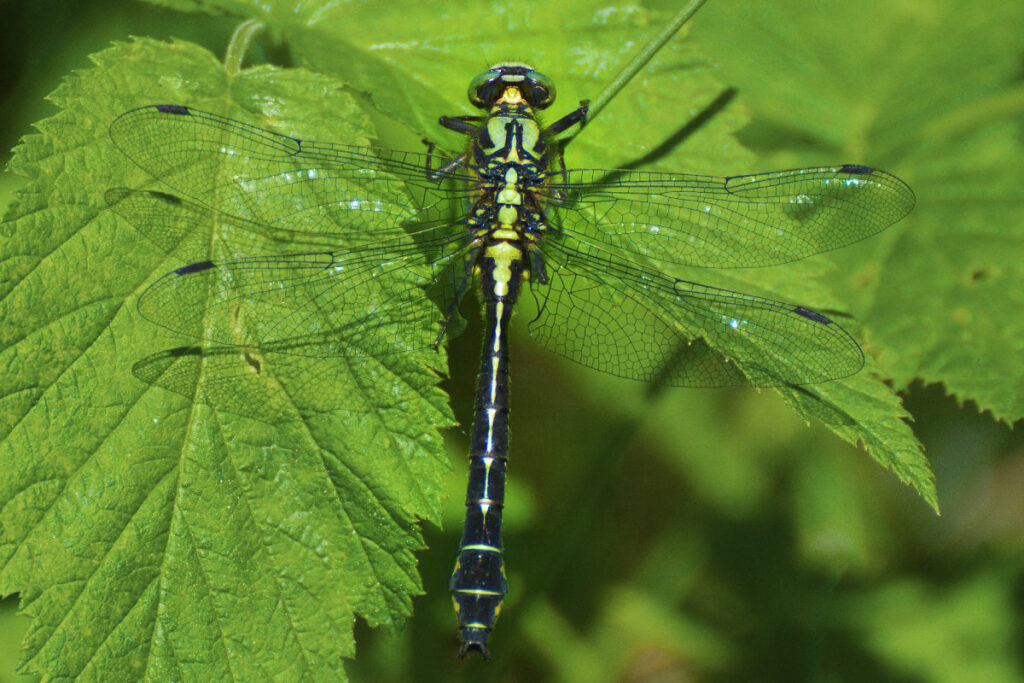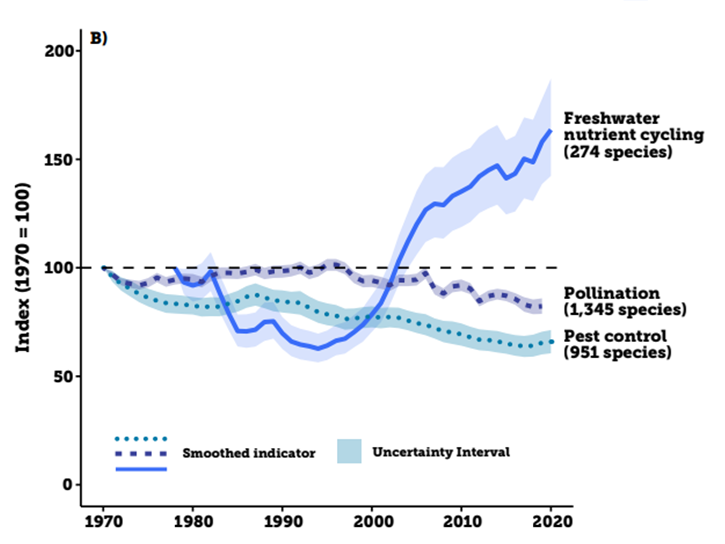
State of Nature 2023 Report – UK nature-depleted
11/10/2023
The State of Nature 2023 report, the most comprehensive report on the UK’s current biodiversity, has been released and is available to read in full here.
The report uses data collated over the past 50 years by thousands of volunteers taking part in recording schemes, such as the National Recording Scheme for Odonata.
In summary, the report characterises the UK as one of the most nature-depleted countries in the world. In terrestrial and freshwater habitats, the main culprits of biodiversity loss are identified as harmful agricultural practices and the effects of climate change.
The report analysed changes in the distribution of groups of insects categorised by ecosystem function. Dragonflies were grouped into predators of crop pests (ants, carabid, rove and ladybird beetles, hoverflies, dragonflies and wasps) which showed an average decrease in distribution of 34%. They were also grouped into insects that provide freshwater nutrient cycling (mayflies, caddisflies, dragonflies and stoneflies) which means that they absorb, convert and produce nutrients such as nitrogen and phosphorus. The average distribution of this group saw an initial decline followed by a strong recovery ending 64% higher in 2021 compared to 1970. This pattern is suggested to, in part, be a result of changes in river water quality; the report notes that although many measures of water pollution have improved over the past few decades, significant water pollution issues remain, in particular in catchments linked to intensive agriculture. This has certainly contributed to the range increase of some riverine species of dragonfly, such as Norfolk Hawker (Aeshna isosceles), which has increased in distribution significantly since 2012 from its original limited range in the Broads of East Anglia. Poor water quality is also considered to be a limiting factor to the distribution of the Common Clubtail (Gomphus vulgatissimus), which is restricted to a handful of river systems in England and Wales. However, our warming climate is also believed to be a major factor behind why a number of species have shown rapid spread in distribution northwards across the UK. For example, Emperor Dragonfly (Anax imperator), was limited to southern England and Wales in the 1990s but has now spread up into parts of Scotland. Climate change is also believed to be behind the decline in the distribution of a number of dragonflies, in particular: Common Hawker (Aeshna juncea), Black Darter (Sympetrum danae) and Emerald Damselfly (Lestes sponsa); to find out more please read the State of Dragonflies 2021 report.

Image: Common Clubtail by Lisa Ollson
